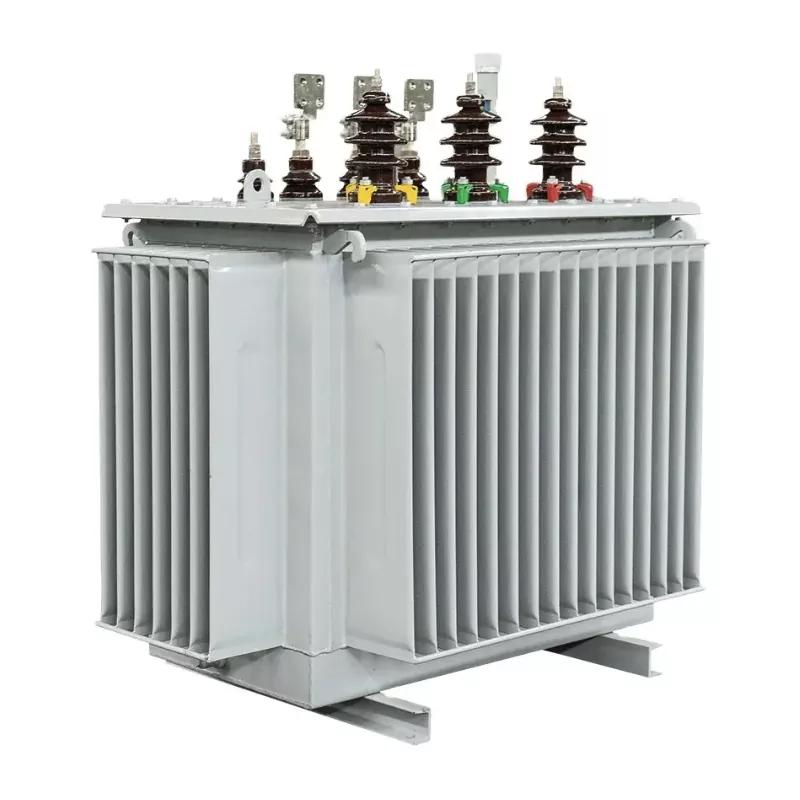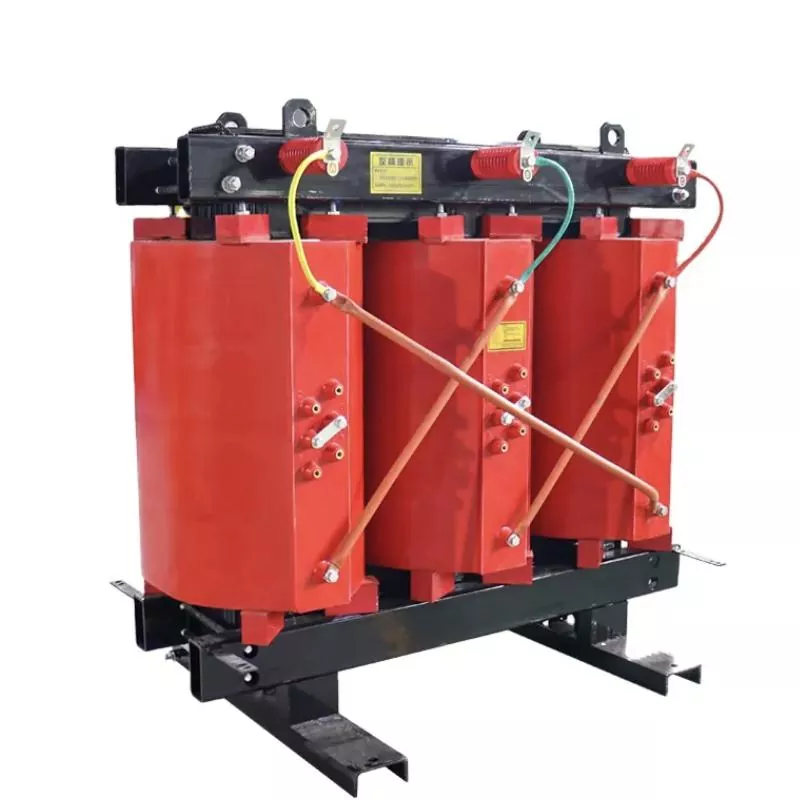How Can Electrical Insulators Truly Extend the Lifespan of Your Critical Equipment
2025-09-30
I’ve spent two decades at Google, analyzing search trends and user behavior. One question I see consistently from engineers, facility managers, and procurement specialists is this very one. It’s not just an academic query; it’s a plea for reliability, cost savings, and operational peace of mind. The truth is, the role of an Electrical Insulator is often the most underestimated factor in the long-term health of your equipment. Today, I want to pull back the curtain and explain, from a deeply practical perspective, how the right insulation is your strongest defense against premature failure.
What Are the Primary Enemies of Electrical Equipment That an Electrical Insulator Fights
Before we can understand the solution, we must first diagnose the problem. Your electrical systems are in a constant battle against environmental and operational stressors. A high-performance Electrical Insulator is your first line of defense against three key enemies
-
Moisture and Contamination This isn't just about water. It's about conductive dust, chemical vapors, and salt spray that create leakage paths across surfaces, leading to short circuits and tracking.
-
Thermal Degradation Consistent overheating is the silent killer of electrical components. It causes insulation materials to become brittle, crack, and lose their dielectric strength, a process known as thermal aging.
-
Electrical Overstress This includes power surges, transient voltages, and electrostatic discharges. These events deliver intense, momentary spikes of energy that can puncture weak insulation, causing immediate and catastrophic failure.
An Electrical Insulator does more than just block current; it creates a robust, stable environment that shields conductive parts from these destructive forces.
How Does the Material Science Behind Toonice Insulators Make a Tangible Difference
At Toonice, we don't just sell components; we engineer solutions. The core of our approach lies in advanced material science. We've moved beyond traditional materials to compounds that offer multifaceted protection. Let’s break down the key parameters that define a superior Electrical Insulator and how our products are formulated for excellence.
Our flagship composite materials offer a synergistic blend of properties
-
High Comparative Tracking Index (CTI) > 600 V | This indicates exceptional resistance to surface tracking caused by moisture and contamination, a critical factor for equipment in harsh environments.
-
Excellent Dielectric Strength > 30 kV/mm | This is the material's ability to withstand high voltages without breaking down, directly preventing electrical puncture.
-
Low Water Absorption < 0.05% | By minimally absorbing moisture, our insulators maintain their electrical and mechanical integrity even in high-humidity conditions, preventing the degradation that plagues porous materials.
-
High Thermal Index > 155°C | This certifies that the material can withstand continuous operating temperatures without significant loss of physical or electrical properties, directly combating thermal aging.
To give you a clearer picture of how these parameters translate into real-world performance, let's compare a standard insulator with a Toonice engineered solution.
Why Should You Compare Toonice Polymer Insulators Against Conventional Options
Seeing a direct comparison often makes the engineering superiority undeniable. Here is a table comparing our advanced polymer composite insulators against conventional porcelain options across key lifespan-impacting factors.
| Performance Factor | Conventional Porcelain Insulator | Toonice Advanced Polymer Insulator |
|---|---|---|
| Impact Resistance | Low (Brittle) | Very High (Resilient) |
| Weight | Very Heavy | Up to 70% Lighter |
| Hydrophobicity | Absorbs moisture over time | Inherently Hydrophobic (Repels water) |
| Performance in Pollution | Poor (Requires frequent cleaning) | Excellent (Sheds contaminant layers) |
| Long-Term Degradation | Prone to glaze cracking and galvanization | Superior UV and corrosion resistance |
This comparison shows that choosing a Toonice Electrical Insulator isn't just a purchase; it's an investment in reduced maintenance, easier installation, and fundamentally, a longer-lasting asset.
What Specific Toonice Product Specifications Guarantee Longevity
Let's get specific. I want you to feel confident in the engineering behind our products. Here are the detailed specifications for our popular TNC-8000 Series of line post insulators, which are designed specifically for demanding applications where equipment lifespan is paramount.
| Parameter | Toonice TNC-8000 Series Specification | Benefit for Your Equipment's Lifespan |
|---|---|---|
| Rated Voltage | 15 kV to 38 kV | Provides a safe margin over operating voltage, handling surges without stress. |
| Mechanical Load Strength | 8,000 lbs | Withstands extreme mechanical forces like wind and ice, preventing mechanical failure. |
| Leakage Distance | 560 mm to 1420 mm | Customizable creepage distance to perfectly match your environmental pollution level. |
| Core Material | Fiberglass Epoxy Rod with CRL™ Seal | Unmatched tensile strength and a perfect moisture seal, the heart of durability. |
| Shed Material | Silicone Rubber with ATH Filler | Provides self-cleaning properties and superior resistance to arcing and UV radiation. |
| Operating Temperature | -50°C to +80°C | Performs reliably in the most extreme Arctic cold or desert heat. |
When you specify the TNC-8000 Series, you are not just selecting an Electrical Insulator; you are installing a guardian for your switchgear, transformers, and busbars.
Your Electrical Insulator FAQ Solving the Most Common Dilemmas
Over the years, my team at Toonice has compiled a list of the most frequently asked questions we receive. I believe in transparent, detailed answers.
How often should I inspect my Electrical Insulators for signs of wear
We recommend a visual inspection at least bi-annually. Look for signs of cracking, chipping, surface tracking (burn marks), or a loss of hydrophobicity. In highly contaminated or coastal areas, quarterly inspections are advisable. Early detection of these issues allows for planned maintenance, preventing unplanned downtime and protecting the connected equipment.
Can a cracked Electrical Insulator still function
Yes, but it is extremely dangerous and unreliable. A crack compromises the dielectric strength and provides a path for moisture ingress. This can lead to a complete internal failure at any moment, potentially causing a flashover that damages the entire assembly. We at Toonice always advise immediate replacement of any cracked or severely damaged insulator.
What makes Toonice polymer insulators more suitable for renewable energy applications
Renewable sites like solar farms and wind turbines are often in remote, exposed locations with high UV exposure, salt, and wide temperature swings. Our polymer insulators are inherently lightweight (reducing structural costs), highly resistant to UV degradation, and their hydrophobic nature ensures performance in salty, humid air. This directly translates to lower maintenance costs and a longer service life in these critical, hard-to-access installations.
Are You Ready to Stop Compromising on Your Equipment's Lifespan
For twenty years, I've seen data that proves a simple truth: cutting corners on foundational components like the Electrical Insulator always costs more in the long run. The initial savings are quickly erased by unscheduled downtime, costly emergency repairs, and the ultimate price—premature equipment failure.
At Toonice, we build reliability into every product. We don't just meet standards; we exceed them, giving you and your operations the peace of mind you deserve. The data is clear, the comparisons are compelling, and the need for superior protection is undeniable.
Contact us today for a detailed consultation and let our engineering team provide you with a bespoke solution that will protect your investments for decades to come. Visit our website or call our technical support line to request a free sample and see the Toonice difference for yourself.






